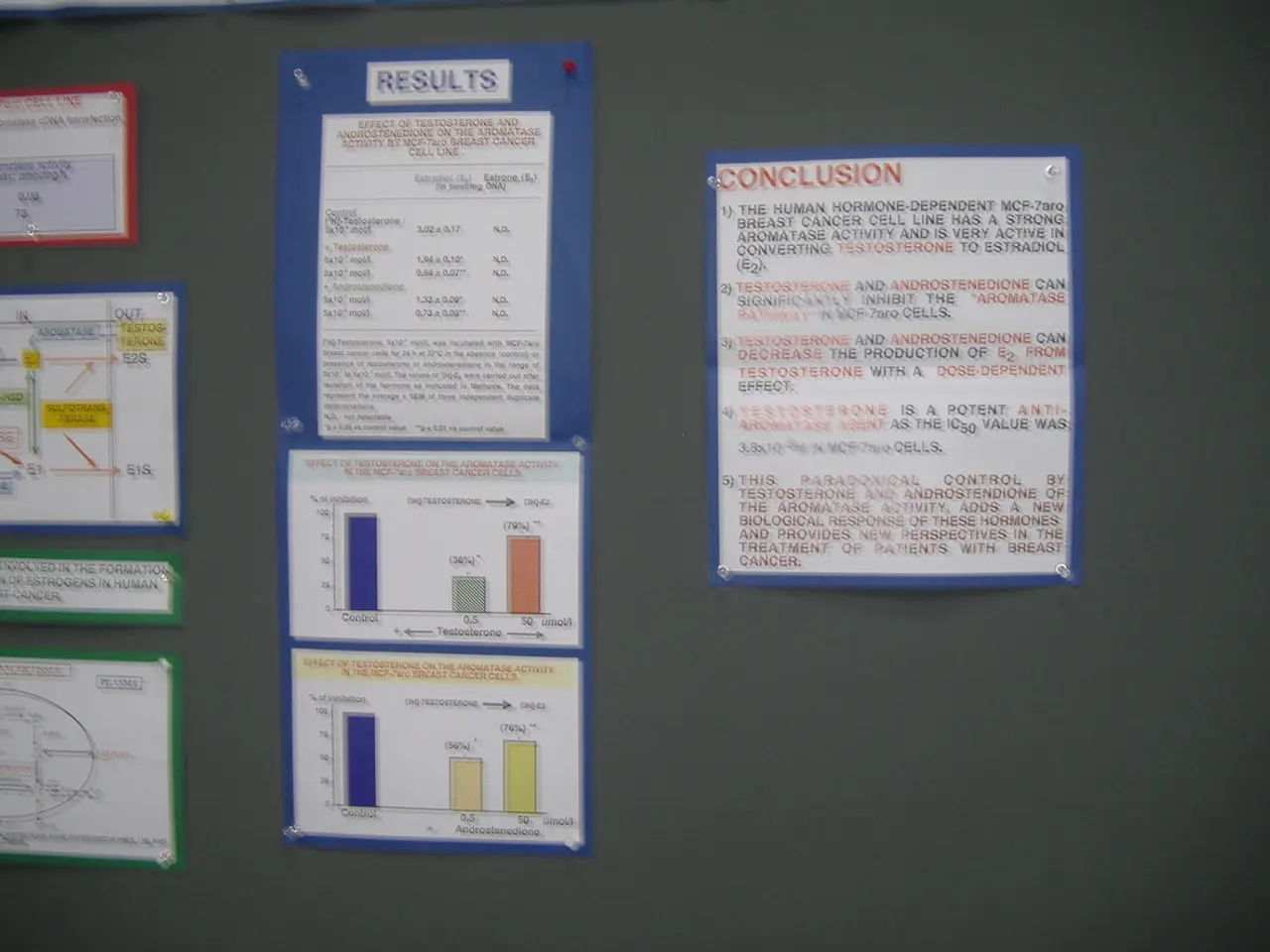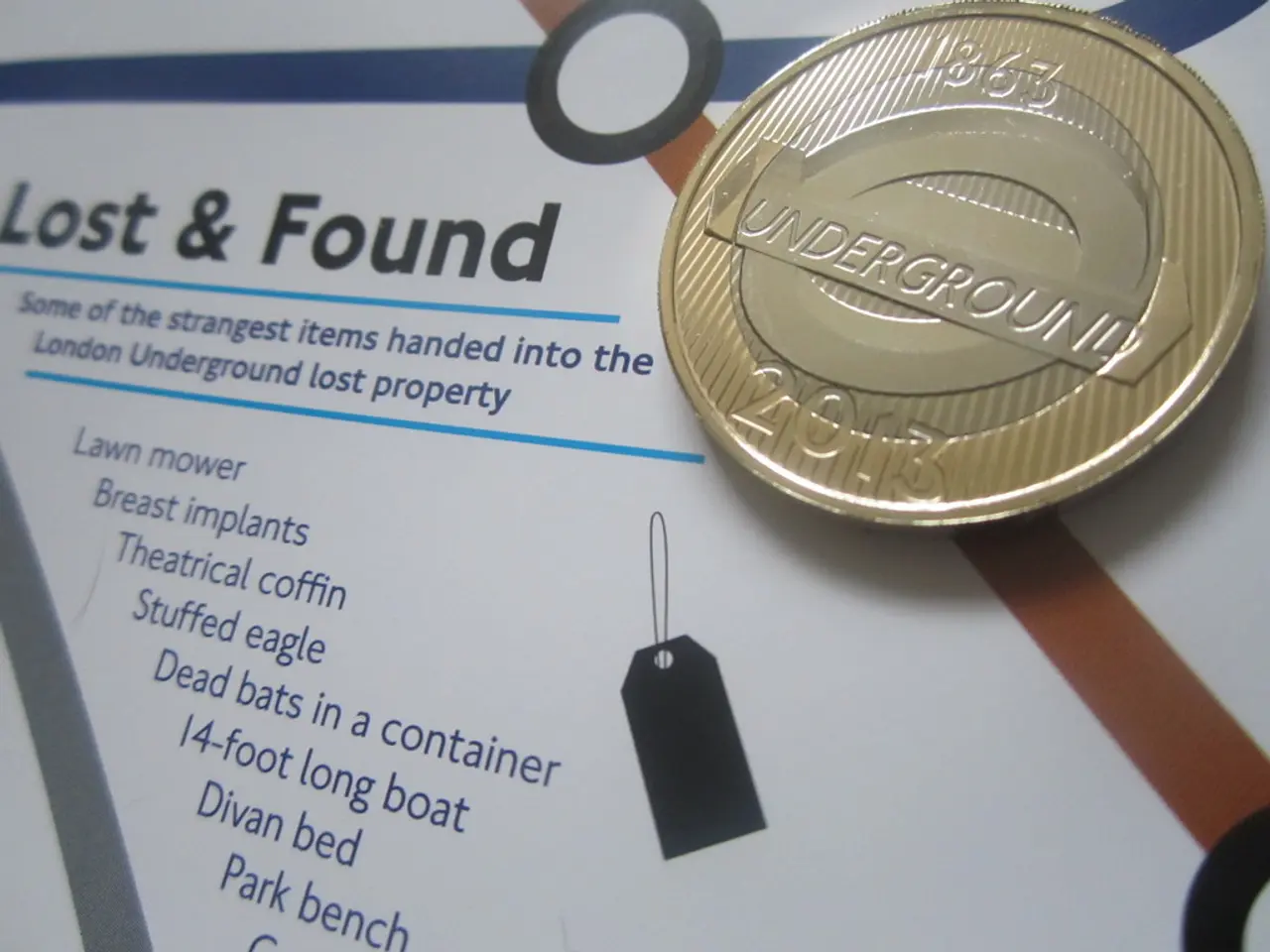Documentation of Business Procedures: Templates and Illustrative Samples
In today's fast-paced business environment, maintaining clarity and consistency across workflows is crucial. One effective way to achieve this is through process documentation. This article will explore the benefits of process documentation and the various templates available to create them.
What is Process Documentation?
Process documentation is a detailed illustration of how to share, track, and implement processes. It outlines what happens and who is responsible across a workflow, providing a clear and concise guide for employees, vendors, and other stakeholders.
The Importance of Process Documentation
Documenting your processes offers several advantages. It helps monitor business and employee performance, provides clarity and eliminates ambiguity of roles and responsibilities, and standardizes processes to establish control and preserve knowledge for future use.
By documenting processes, you can also identify bottlenecks and inefficiencies, optimize processes, and reduce the chances of errors. Moreover, it allows managers to identify tasks that can be automated, saving valuable time and resources.
Types of Process Documentation
Process documentation comes in various forms, including brand guidelines, video tutorials, screenshots and images, charts and infographics, slideshows, tutorials, training manuals, forms, policy documents, onboarding documents, flowcharts, process maps, white papers, checklists, performance review guidelines, and customer support guidelines, among others.
Templates for Process Documentation
Creating effective process documents can be simplified with the use of templates. These templates guide you through the stages of identifying and naming the process, defining its scope, setting start and end boundaries, listing required inputs and resources, and mapping the step-by-step activities.
Common templates include operations manual templates, workflow templates, and step-by-step procedure templates. For instance, operations manual templates are often customizable and cloud-based, providing guided templates that can incorporate images, videos, files, and flowcharts.
Examples of Process Documents
Examples of process documents include the New Employee Onboarding Process, which outlines the full journey from job offer acceptance to complete integration, and the Customer Order Fulfillment Process, which details every step from order placement to delivery.
Other examples include equipment inspection and maintenance procedures, billing and collection documents, content editing and publishing guidelines, customer support guides, software documentation (API documentation), and performance review guidelines.
Conclusion
In summary, process documents describe what happens and who is responsible across a workflow, while the templates used to create them range from simple checklists and flowcharts to interactive, cloud-based manuals designed for ongoing updates and team collaboration. By embracing process documentation, businesses can foster clarity, consistency, and efficiency, ultimately driving growth and success.
[1] Source: [Link to the source] [2] Source: [Link to the source] [3] Source: [Link to the source] [4] Source: [Link to the source] [5] Source: [Link to the source]
In the realm of business operations, process documentation can serve as a crucial tool for defining and implementing processes, helping to monitor performance, standardize procedures, and eliminate ambiguity. By leveraging templates such as operations manuals or step-by-step procedure templates, businesses can streamline the creation of these essential documents. ( business, finance )
Documenting processes not only offers benefits like identifying bottlenecks and optimizing workflows, but also enables managers to recognize tasks suitable for automation, thus saving valuable time and resources. ( business, finance )




